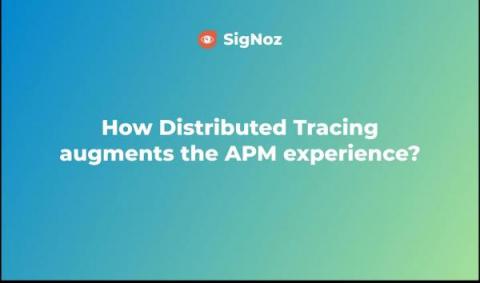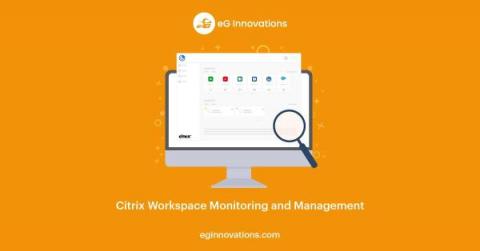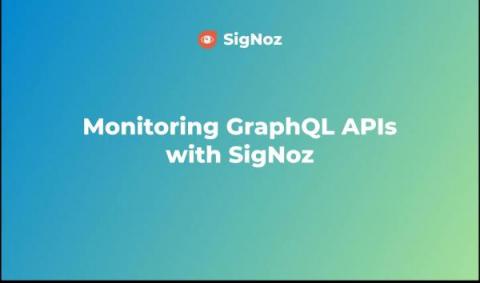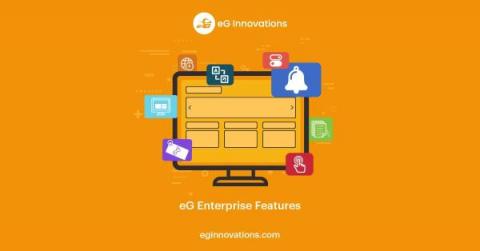Operations | Monitoring | ITSM | DevOps | Cloud
Latest News
5-Stars and 100% Partner-led: the AppDynamics Channel
The AppDynamics Partner Program is honored to receive a 5-Star rating from CRN in their 2022 Partner Program Guide. This rating reflects AppDynamics’ commitment to the new 100% channel-centric sales motion.
A guide to Apdex score: Calculations, improvements, and more
How Distributed Tracing augments the APM experience?
Citrix Workspace Monitoring and Management
This is another customer blog highlighting common customer scenarios that we typically see while working with large enterprise customers. There are many use cases in regard to a typical Citrix Digital Workspace environment where the endpoint is managed by a different team, outsourced to an external organization, or even unmanaged when employees work from home on a non-corporate device.
Monitoring GraphQL APIs with OpenTelemetry
Instrumentation: Measuring Application Performance at the Code Level
Technology is taking over the world at a great pace. Everyone is getting in the loop of technology, whether it be a company, organization, startup, or even a 2-year-old kid. Most companies are using the latest technologies for updated features. They took their business online in order to remain in the current market. They make some applications for their base products and run their business through that website or application. But having an application is challenging.
New Monitoring Features and Dashboards in eG Enterprise
Small thoughtful, beautifully packed gifts are the best – just like our UI features Sometimes it is the small things that infuriate IT users the most – those tiny annoyances in a GUI that make you use some annoying and clunky workaround several times a day. Our eG Enterprise product management team understands this, and as our customers know, we are always willing to consider even small feature changes to improve usability.
Mitigate Industry 4.0 technology challenges with full-stack observability
Manufacturers accelerating Industry 4.0 are facing challenges associated with complex cloud-based systems and highly interconnected things. Full-stack observability provides the insights needed to ease transitions and deliver organizational agility required for growth.
8 UX Best Practices: to improve your design in 2022
Establishing your business’s online presence has become a fundamental need rather than a secondary step. In the wake of the 2019 pandemic, a large chunk of interaction, social and business, has escalated online. The user’s journey is as important as functionality to stand out in the crowded digital marketplace.











